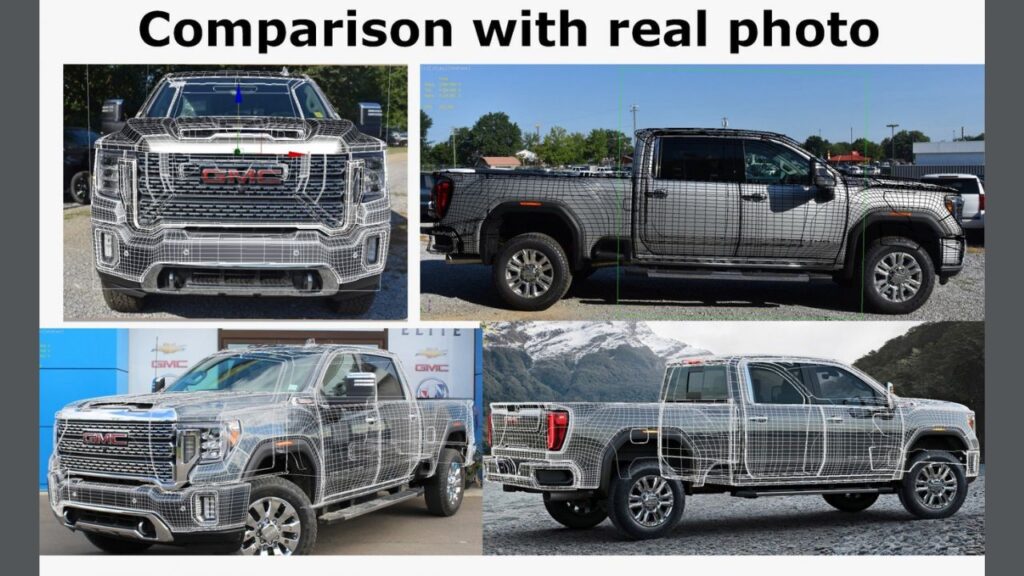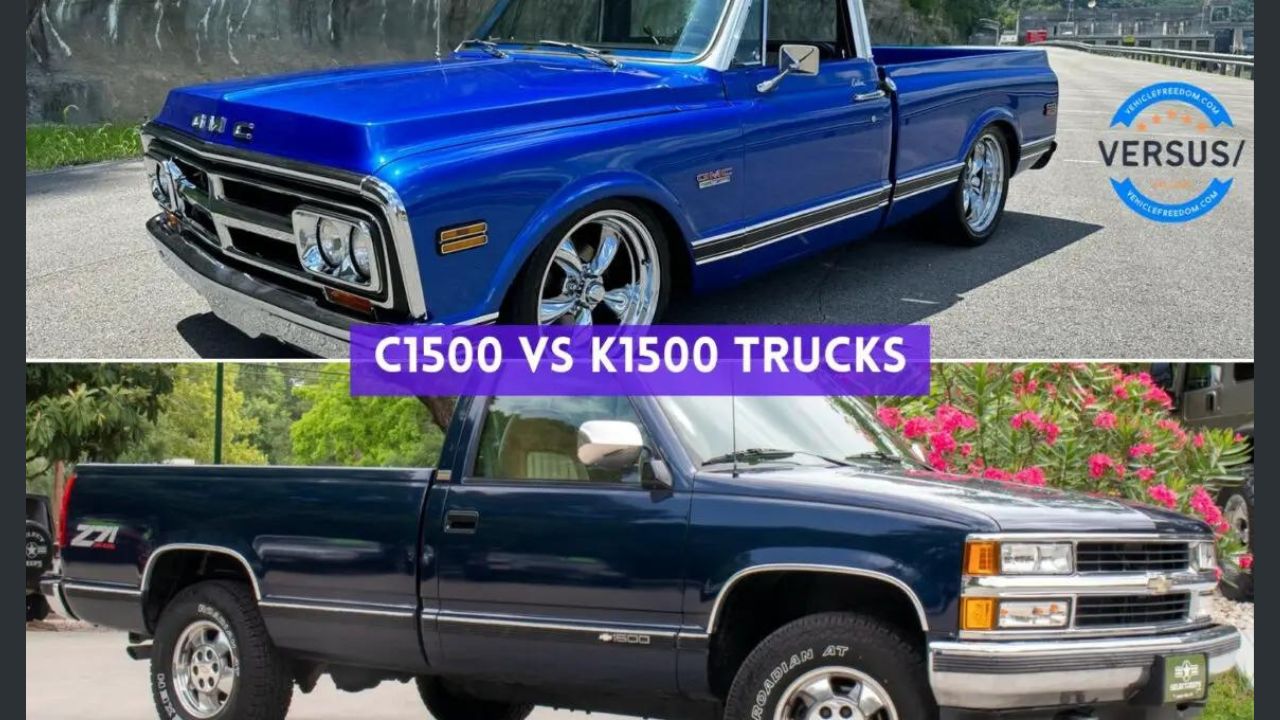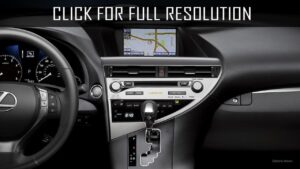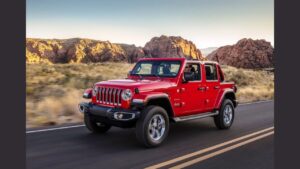The Chevrolet C1500 and K1500 have long been stalwarts, offering drivers a blend of utility, comfort, and performance. However, discerning between these two models can confuse buyers seeking the perfect fit for their needs. Let’s delve into the nuances of each to understand the key differences.
What is C1500?
The C1500 is a versatile truck model from Chevrolet, renowned for its rear-wheel-drive configuration and robust performance. It offers a range of engine options tailored to various driving needs, from daily commuting to light hauling. With its sturdy frame and comfortable interior, the C1500 provides drivers a reliable and enjoyable experience.
Whether navigating city streets or embarking on long highway journeys, this truck delivers both efficiency and capability. The C1500 embodies Chevrolet’s commitment to quality and innovation, making it a popular choice among truck enthusiasts seeking a dependable and versatile vehicle.
What is K1500?
The K1500 is a renowned four-wheel-drive truck model under the Chevrolet lineup, distinguished for its off-road capabilities and rugged performance. It boasts a robust drivetrain configuration designed to tackle challenging terrain easily, making it an ideal choice for adventurous drivers and off-road enthusiasts.
With its sturdy construction and enhanced traction, the K1500 gives drivers confidence and stability in various driving conditions, from muddy trails to rocky terrain. Whether for recreational adventures or practical utility, the K1500 is a reliable and capable option for those seeking versatility and durability in their trucking experience.
Key Differences
The key differences are essential for making informed decisions. These differences highlight unique features, functionalities, and characteristics that distinguish one another. Individuals can prioritize their preferences, needs, and requirements by identifying key differences.
Whether choosing between products, services, or options, recognizing the distinctions ensures that the selected option aligns perfectly with desired outcomes.
Key differences serve as guiding factors, steering individuals towards the most suitable choice based on their specific circumstances and objectives. Being aware of and understanding important distinctions enables people to make confident, well-informed decisions.
Engine Specifications
- The C1500 typically offers a broader range of engine choices, including fuel-efficient options for urban driving.
- In contrast, the K1500 often prioritizes power and torque, with engines optimized for towing and off-road performance.
Drivetrain Configuration
- While the C1500 is exclusively rear-wheel-drive, providing a more traditional driving experience, the K1500 features a four-wheel-drive system for enhanced traction and stability, particularly in adverse conditions.
Suspension Setup
- The suspension tuning differs between the two models, with the C1500 usually featuring a setup geared towards smoother on-road driving. At the same time, the K1500 incorporates robust components for tackling rough terrain with ease.
Towing and Hauling Capacity
- Due to its rear-wheel-drive configuration and potentially lighter curb weight, the C1500 may offer slightly higher towing and hauling capacities than the K1500, which prioritizes off-road capabilities.
Performance Comparison
When comparing the performance of different products or systems, it’s crucial to assess various factors to determine which option best suits your needs. Performance comparison involves evaluating speed, efficiency, reliability, and effectiveness metrics.
Whether considering cars, electronic devices, or software programs, a thorough performance comparison allows you to make informed decisions based on your specific requirements.
By analyzing key performance indicators and conducting side-by-side assessments, you can identify strengths, weaknesses, and areas for improvement. A comprehensive performance comparison ultimately empowers you to select the option that optimally aligns with your goals and preferences.
On-road Performance
- The C1500 delivers a comfortable, refined driving experience on paved surfaces, ideal for daily commuting and long highway journeys.
- Conversely, the K1500’s four-wheel-drive system and rugged suspension make it better suited for traversing uneven terrain and conquering challenging off-road trails.
Off-road Capability
- While the C1500 can handle light off-road excursions, its rear-wheel-drive setup limits its capabilities compared to the K1500, which is equipped to tackle more demanding off-road conditions with confidence.
Price Comparison

Factors Influencing Price Differences
- The added complexity of a four-wheel-drive system and off-road enhancements often translates to a higher base price for the K1500 than the C1500.
- However, factors such as trim level, optional features, and market demand can influence the overall pricing of both models.
Affordability and Value for Money
- Buyers must weigh the additional cost of a K1500 against its enhanced capabilities and versatility, determining whether the investment aligns with their intended usage and budget.
Maintenance and Repairs
Maintenance and repairs are vital to vehicle ownership, ensuring longevity and optimal performance. Regular maintenance includes things like oil changes and tyre rotations. Prevents costly repairs. Addressing minor issues promptly can prevent them from escalating into major problems. Trusting experienced professionals for maintenance and repairs ensures safety and reliability on the road.
Cost of Ownership
- Engine choice, driving habits, and frequency of off-road use influence the maintenance costs for both models.
- Generally, the K1500 may incur slightly higher maintenance expenses due to its more complex drivetrain and specialized components.
Common Maintenance Issues
- While both models are renowned for their durability, owners may encounter typical truck-related maintenance issues such as brake wear, suspension components, and drivetrain servicing.
Buyer Considerations
Several factors influence a buyer’s decision. From budget constraints to specific needs and preferences, buyer considerations are crucial in making the right choice. Evaluating features, comparing prices, and assessing long-term benefits are essential to ensuring satisfaction with the chosen product or service.
Which Model Suits Your Needs?
- Prospective buyers should evaluate their driving habits, terrain preferences, and intended usage to determine whether the C1500 or K1500 better meets their requirements.
- Those prioritizing fuel efficiency and urban driving may find the C1500 more suitable, whereas off-road enthusiasts and adventurers may gravitate towards the rugged capabilities of the K1500.
Conclusion
While the Chevrolet C1500 and K1500 share a common lineage, their distinct characteristics cater to different driving preferences and requirements. Understanding the key differences in engine options, drivetrain configuration, and performance capabilities is essential for making an informed purchasing decision.
FAQ
What is the Difference Between K1500 and C1500?
Plain and simple, the difference between a K series truck and a C series truck is a transfer case, different suspension, and a front axle. The K series truck is four-wheel drive and has these items.
What Does the K Stand for in K1500?
For the model branding and the internal model code, “C” denoted two-wheel drive, while “K” denoted four-wheel drive. Four generations of the C/K series were produced, including the GM monikered second-generation “Action Line” and third-generation “Rounded Line” vehicles (colloquially aka Square-Body trucks).
What is the Difference Between C Series and K Series Trucks?
The “C” designates the two-wheel drive trucks in the line, while the “K” designates four-wheel drive. Along with the C/K identifications, Chevy offered several different weight classes, which were denoted by the numbers 10, 20, or 30 following the “C” or “K”, respectively.
Is a GMC Better Than a Chevy?
Their intended market is where they diverge most. GMC trucks have additional equipment and a higher price tag because they are meant for luxury clientele. Chevrolet trucks, on the other hand, are built with the typical truck consumer in mind; they are feature-rich and reasonably priced.
Why are C10 Trucks so Popular?
On December 8, 1986, the Fort Wayne Assembly started constructing the 1987 C10 truck. All adore a Chevy square-body truck. They were viewed as the ideal combination of a dependable work truck and a daily driver in the 1970s and 1980s.




